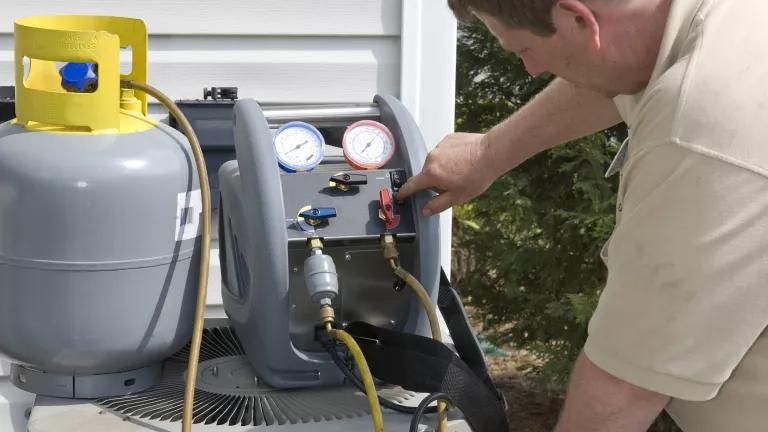Climate change, driven by carbon pollution, is intensifying, bringing rising sea levels, increased global temperatures, and more frequent extreme weather events. In 2015, the EPA finalized the Clean Power Plan, placing the first-ever carbon emissions limits on fossil fuel–fired power plants, the largest source of carbon pollution in the United States.
Since 2005, the U.S. power sector has reduced its carbon emissions by 20 percent—through increased support for and decreased costs of renewable energy and energy efficiency, improved air pollution standards, and low natural gas prices. Renewable energy is expected to continue to grow and may even double from 2015 levels by 2021, further reducing emissions and putting the power sector in an excellent position to meet the carbon-cutting goals set forth by the Clean Power Plan. While the downward trend in emissions is good news, the long-term trajectory is less certain without the right policies in place. That’s why we need the Clean Power Plan to build on this solid head start, ensuring that carbon emissions will continue to fall into the next decade.


